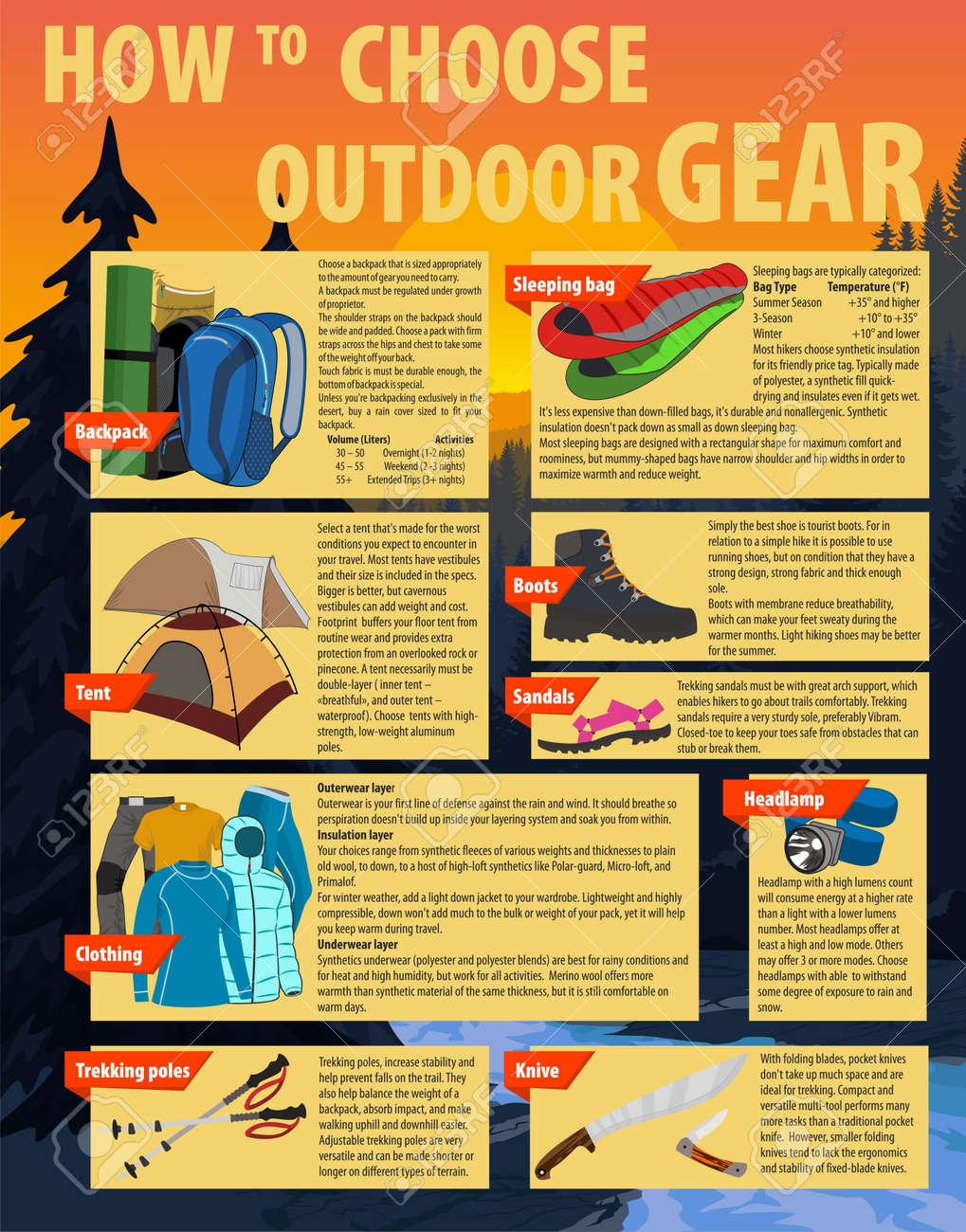Why You Have To Read This For Online Camping Tents Product Sales
Why You Have To Read This For Online Camping Tents Product Sales
Blog Article
How to Effectively Set Up Your Camping Tent Before Camping
Setting up your camping tent can be a complicated job for also knowledgeable campers. This overview will certainly cover the fundamentals of pitching a camping tent appropriately and safely so you can enjoy your outdoor camping trip without tension or worry.
Do wall tents have floors?
Begin by setting out your camping tent's footprint and ground sheet to safeguard your camping tent floor from rocks, sticks, dirt, and other particles. Next, construct the outdoor tents posts and attach them to the edges of the camping tent body making use of the ideal sleeve or hook.
Picking the Right Website
When you are tired after a long day hiking, you intend to pitch your camping tent and prepare to sleep. But you should first stroll around the website to make certain it is risk-free for camping. Look down and up to figure out whether any kind of trees have big dead branches that might fall on your camping tent. These are in some cases called widowmakers and you don't want them to go down on you while you're sleeping.
Likewise be sure to avoid reduced places that could flooding throughout a tornado and to camp away from animal tracks, nests and habitats where ticks and chiggers are most likely to grow. Search for a level, rock-free area that is big sufficient for your outdoor tents and any other equipment you'll be bringing.
Some people like to set their camping tents up so the head end is pointed towards the eastern to catch the sun's warming rays first thing in the early morning. This isn't constantly required, but it is a wonderful touch that can assist wake you up.
Pitching Tips
It may appear apparent, yet correct camping tent pitching is just one of the most important consider a good night's sleep. Having a practice run in the house will certainly assist you acquaint on your own with your tent, discover all the post sleeves and bolts, and ensure everything remains in area. It's likewise a good time to practice making use of guylines for security and to discover any kind of damaged pieces.
When you get to your outdoor camping site, check out the surface to see if it's suitable for your tent. An excellent general rule is to pitch the camping tent on a flat, degree area with a slight downhill angle. This will certainly allow rainfall to recede from the outdoor tents instead of pooling before it.
If you can't locate a degree area, take into consideration putting a tarp or various other groundsheet under your tent impact to safeguard it from dampness. This can likewise help maintain dirt out of the outdoor tents.
Utilizing Guylines Effectively
Making use of man lines properly is important to making sure your camping tent or hammock stays safe in high winds and other negative weather conditions. An individual line is a rope or cord that affixes to the ground with loopholes and D-rings in the structure, tarp, or rainfly.
Begin by safeguarding one end of the line durable tent solutions for events to a guyout loop on your outdoor tents or rain fly, or to the post it's connected to. After that loop the various other end of the line over a stake put faraway from the structure and tighten it.
Maintaining your shelter's person lines taut will certainly prevent sagging or sagging during gusty conditions, protecting against wetness from permeating into the camping tent or damage to the structure and boosting comfort and safety and security during outdoor camping. Constantly check the stress of your man lines throughout and after adverse weather to ensure they stay safe and secure. Additionally, take into consideration packing a person line tensioner to conveniently change and preserve the proper amount of stress in your lines.
Taking Down the Camping tent
When settling into your camping area, find an area with a level area and clear it of rocks and particles. Also, make sure to set a tent footprint or tarpaulin slightly smaller than your camping tent body to stop water pooling. This helps maintain your outdoor tents dry from rain or condensation and can be particularly helpful in windy locations.
Analyze your gear, including the outdoor tents stuff sacks to ensure absolutely nothing is missing out on. Check that the poles match their clips and replenish first-aid items if needed.
When it's time to pitch your camping tent, start by orienting the doors downwind, and stake down each corner of the tent. If the ground is loose or sandy, take into consideration spreading out a tarp under your camping tent to shield it from wind and reduce the possibility of your camping tent toppling. Also, be sure to utilize guylines successfully to restrain your rainfly and keep it taut. A well-pitched camping tent can protect against leaking, condensation, and sun damage.
Are tents waterproof?
